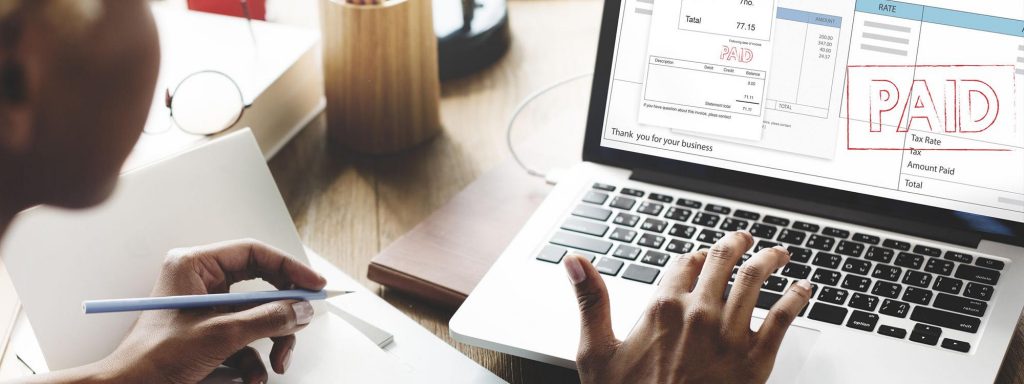You already use Square and Copper. So how can you still improve things to avoid unnecessary invoicing problems?
Information relating to customer payments is one of the most precious data sets. Outdated or incorrect data ultimately means you won’t get paid on time. This can hurt cash flow, putting any business without healthy reserves on the ropes.
Consistently getting customer information wrong can also potentially invoke negative sentiments from the very folks you want to impress and you could find your customers reevaluating their relationship with your business.
There are always steps that you can take to help minimize invoice problems, getting you paid without unnecessary delays which might even help improve your customer’s buying journey.
Let’s look at three of the most common problems we often hear from our customers and tips to get things right.
1. Unclear Items
Something which makes sense to you, can be seen from a completely different lens by your customers. So, being crystal clear on what you’re invoicing for is paramount. This problem is amplified if you happen to invoice your customer multiple times for different requests.
Pro Tip
To address this, use the optional title field to put context to your invoice when using the Square integration. You also have the option to add a description of the invoice and could use this field to reference a PO or order confirmation number provided by your customer. Or you can use this field to reference the person requesting your services. The point here is add as much detail you have to make things as clear as they can be.
Be sure your line items are clear and concise. Consider adding a ‘supply date’ as part of the line item, this is when the products or services were issued. The supply date may be different to the invoice date but is usually within 30 days.
Making this a habit will be a sure-fire way to provide clarity to your customer and their finance department as to what they are being invoiced for in relation to what was originally requested.
2. Oversights
Errors are inevitable and things happen, especially when there’s multiple threads to contend with. So tasks like keeping track of team hours or maybe the customer stipulating to include the purchase order number on the invoice, can easily be overlooked.
Pro Tip
Luckily, the Square integration provides the option to save an invoice in draft mode when working in Copper. Your team can create an invoice for their customer, but save it in draft mode. Then, someone in accounts with a fresh pair of eyes, can review and publish the invoice directly to the client from Square.
By taking this “last review” at your invoice before it leaves, you’ll be able to significantly reduce the number of remittances delayed just because of invoice errors and make collecting cash a team sport.
3. Incorrect or missing contact information
Mistyping a company name, or getting the address wrong on an invoice happens way too often and no surprise to know, it’s the most common problem that causes huge ripples later with delayed payments from your customers.
Then you have to take the time to correct those mistakes, re-issue and wait for payment, again.
Pro Tip
So, make sure you double and triple check your customer data that is being entered in Square to avoid delayed cash flow. Another pro tip is to store the person responsible for making your payment in Copper. They are a relationship too!
If you want to completely automate this step and sleep well knowing that your Square data is always in-check 24/7/365, then three60 Connect is your answer.
This is our new sync service that perfectly supplements the Square CRM integration and is designed to remove all the pain of manually creating and maintaining your customer data in Square by seamlessly connecting it with your Copper account.
Where do you go from here?
To read more on our Square sync service, head to this page.

